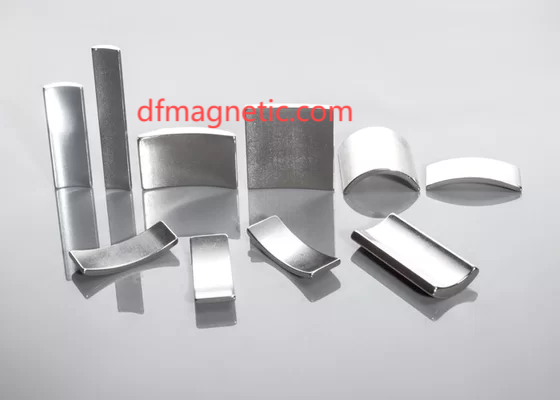As the global electric vehicle (EV) market accelerates toward sustainability, High Performance Magnets Manufacturers are pioneering solutions that redefine efficiency and reliability in motor and battery systems. By merging material science breakthroughs with agile production strategies, these innovators address the dual demands of performance and ecological responsibility—key to advancing the EV revolution.
Rare-earth magnets like NdFeB remain pivotal for their unparalleled energy density, enabling compact motor designs with higher torque output and extended driving ranges. However, geopolitical risks tied to rare-earth supply chains have spurred R&D into alternatives such as iron nitride and manganese-bismuth alloys, which offer comparable strength without dependency on scarce resources. Advanced grain boundary diffusion techniques further optimize magnetic stability, ensuring consistent performance under extreme temperatures.
Non-traditional geometries, such as asymmetric arc profiles and segmented fan-shaped arrays, are revolutionizing motor design. These configurations reduce flux leakage, enhance stator slot fill rates, and minimize torque ripple—critical for high-precision applications like autonomous driving systems. Thin-walled designs (sub-3mm thickness), enabled by AI-driven sintering controls, slash material consumption while maintaining structural integrity, aligning with global decarbonization goals.
Sustainability initiatives are reshaping production paradigms. Closed-loop recycling systems recover over 90% of rare earths from end-of-life motors, while biomass-reduction methods for iron oxide processing cut emissions by 40%. Partnerships with academic labs explore bio-based binders and low-temperature sintering techniques, aiming to disrupt energy-intensive processes. Blockchain-enabled traceability also ensures ethical sourcing, a critical feature under EU carbon tariffs like CBAM.
In battery systems, magnetic components optimize power delivery and thermal management. For instance, carbon fiber-reinforced thermoplastic sleeves—laser-bonded to rotor surfaces—minimize electromagnetic interference while withstanding high-speed rotations. These innovations reduce energy losses in cooling systems and enhance charging efficiency, crucial for next-gen 800V EV architectures.
Regionalized supply chains mitigate geopolitical risks. Factories in Southeast Asia leverage automated dry-pressing systems to compress costs, while African partnerships secure untapped mineral deposits. Modular production lines adapt to divergent standards, such as PFAS-free coatings for Europe or puncture-resistant designs for e-commerce logistics.
Looking ahead, hybrid solutions combining sintered NdFeB with additive-manufactured soft magnetic composites promise to bridge performance gaps. Digital twin simulations refine magnetization patterns for specific motor geometries, while AI-driven thermal management slashes sintering energy consumption—historically accounting for 30% of production costs.
click dfmagnetic.com to reading more information

